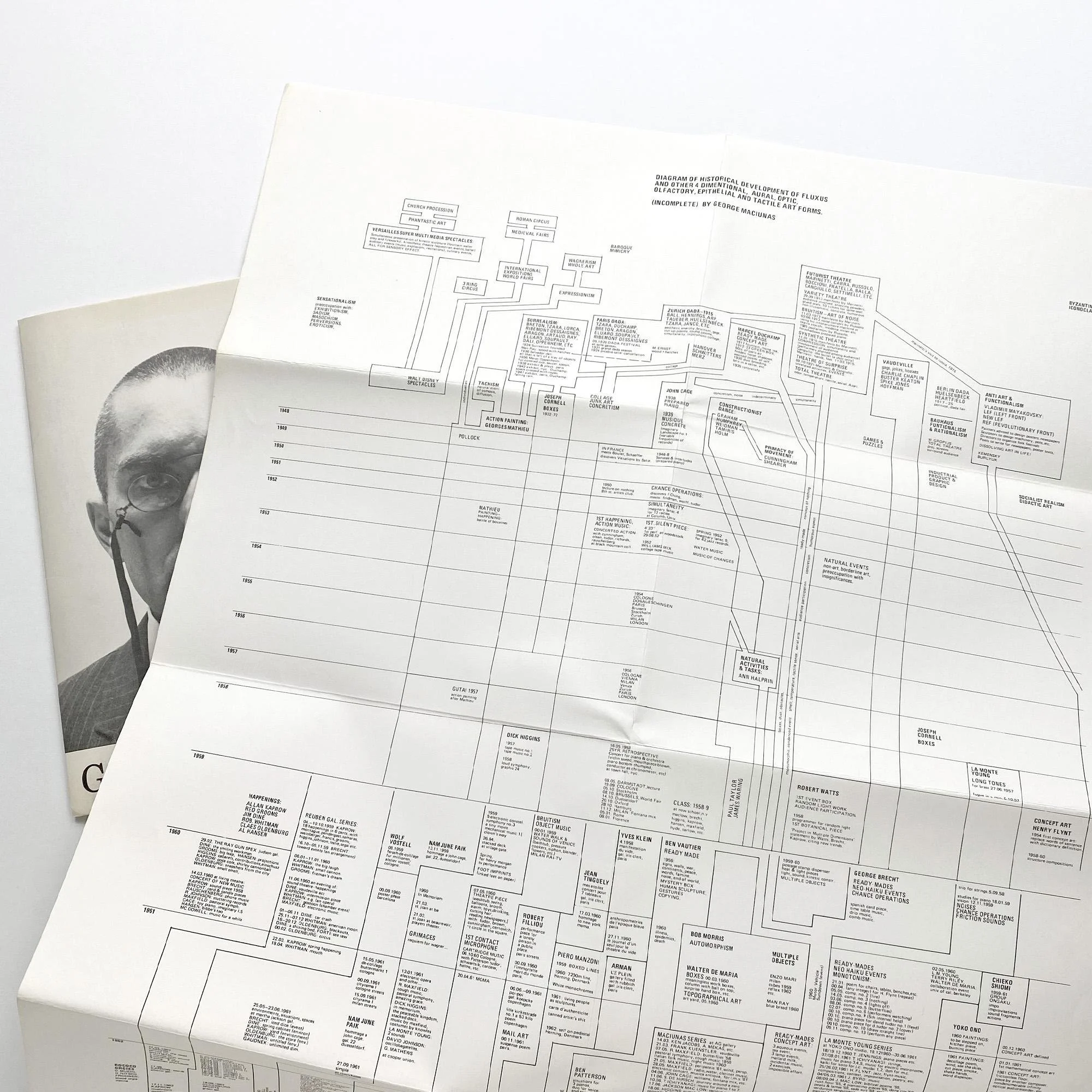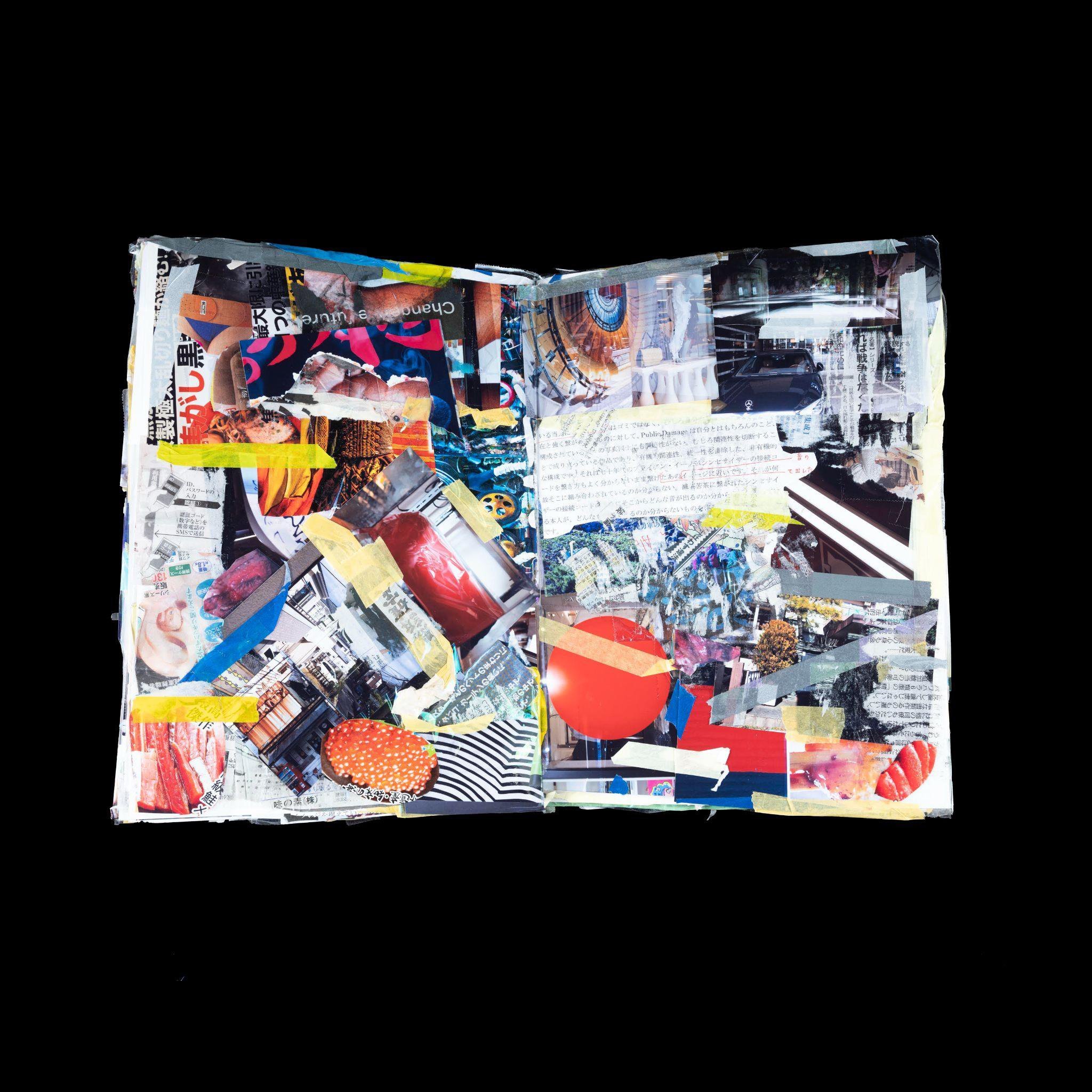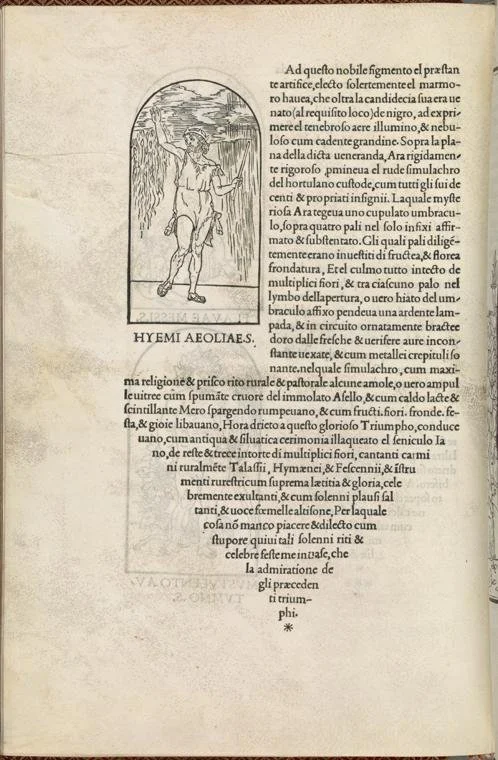THE ARTIST AS RESEARCHER
EXPLORING THE NEW YORK PUBLIC LIBRARY'S ART COLLECTIONS
February 24; April 27; May 22, 2023 | Each event begins at:10:30AM
SIGN UP HERE
New York Public Library | Stephen A. Schwarzman Building, Room 215 (2nd Floor) | 476 5th Ave, New York, NY 10018
This free, 3-part series is designed for artists from Skowhegan and EFA Robert Blackburn Printmaking Workshop who wish to open new pathways and enhance their research skills. The New York Public Library is a remarkable repository and laboratory for visual artists in all media. Learn how to find what you need! And see what inspiration and materials await with a library card.
Each month, NYPL librarians and curators will show and present on different subjects and materials from the collections in the Wallach Division of Art, Prints, and Photographs.
We will meet at 10:30am in Room 215 on the second floor. Coffee and light bites will be provided. The tour of the collections will start promptly at 11am and go until 12pm. Space is limited! See the schedule below.
Fluxus in the New York Public Library
George Macunius, Diagram of Historical Development of Fluxus and Other 4 Dimensional, Aural, Optic, Olfactory, Epithelial and Tactile Art Forms,1973
Saturday, February 24 | 11:00am-12:00pm
The Prints and Photography Study Room, Room 308
Active primarily in the early 1960s to the late 1970s, Fluxus was a loose international group of artists, poets, and musicians with a shared impulse to integrate art and life. Though global in scope, the movement had a particularly strong presence in New York City. Founded by George Maciunas, Maciunas coined the name Fluxus to suggest “flow” and to describe a wide range of activities, which included scores or instructions; multiples; and concerts, performances, and “Happenings.” Fluxus works, both physical and performative, were often best characterized as having a critical attitude towards art itself rather than being overtly finished in their final state.
Join art librarian Chantal Lee as we open up the Fluxus archive in the Art & Architecture Collection and learn more about this important movement.
Japanese Photographs, Photobooks & Artists’ Books
Saturday, April 27; 11:00am-12:00pm
The Prints and Photography Study Room, Room 308
Osamu Kanemura, Radical Hybrid, 2019. Photo taken by Christian Erroi
The history of Japanese photography is as long and rich as the medium itself, and offers the opportunity to study technical innovation and avant-garde theory alongside issues of memory, gender, and national and personal identity. The format of the photobook in Japan is especially important as a vehicle for experimental design, for collaborative expression, and for new ideas about the relationship between viewer and image. The NYPL Photography Collection contains world-class holdings of Japanese photography, allowing for a deep, sustained survey of some of the most important and influential Japanese photobooks from the 20th century.
Join art librarian Chantal Lee and Assistant Curator of Photography Maggie Mustard as we study Japanese photography and photobooks from the 1930s to the present moment, including Horino Masao’s Kamera : me x tetsu, kosei (Camera, Eye x Steel, Construction) (1931), Ishimoto Yasuhiro’s Katsura (1960), Kawada Kikuji’s Chizu (The Map) (1965), the avant-garde photo-magazine PROVOKE (1968-69), Araki Nobuyoshi’s Sentimental Journey (1971), and work by Domon Ken, Ishiuchi Miyako, Kanemura Osamu, and Okabe Momo, among others.
Word & Image from the Renaissance to the Present
Saturday, June 29 | 11:00am-12:00pm
The Prints and Photography Study Room, Room 308
Page from Hypnerotomachia Poliphili or Strife of Love in a Dream. Francesco Colonna, 1499



